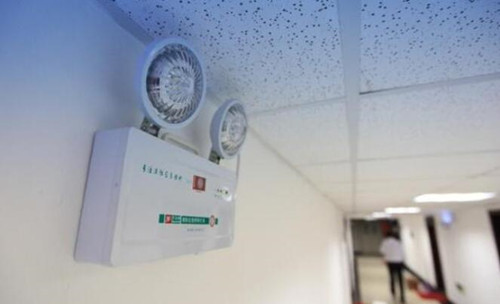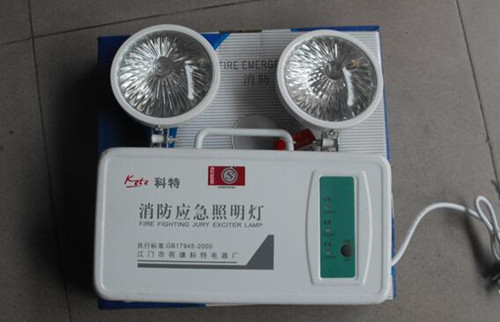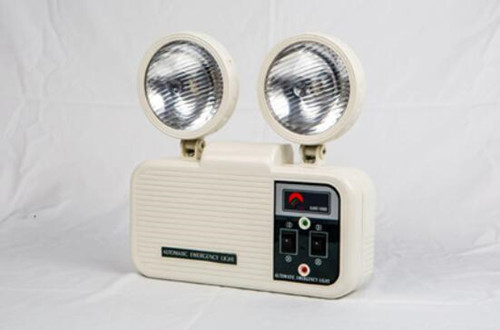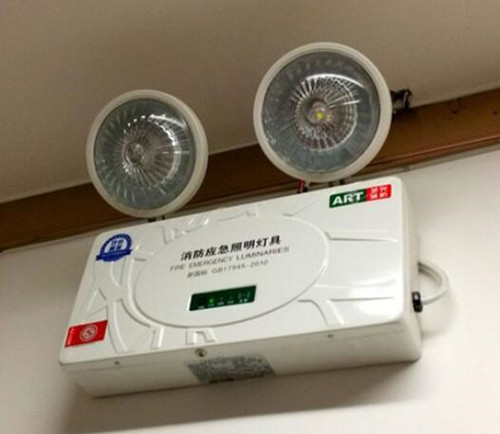Ceiling-mounted emergency lighting is a device that provides illumination during emergencies such as fires, playing a crucial role in buildings. Here are some important considerations for installing ceiling-mounted emergency lighting.
1. Choose the Appropriate Installation Location
When installing ceiling-mounted emergency lighting, it is essential to select the right installation location. Generally, these lights should be installed above internal corridors or evacuation routes to provide illumination for individuals during emergencies. Additionally, consider the light's coverage area to ensure it adequately illuminates the required spaces.

2. Set a Reasonable Installation Height
In addition to selecting the suitable location, it is also necessary to set a reasonable installation height. Typically, the installation height of ceiling-mounted emergency lighting should take into account the line of sight of individuals, maintaining an appropriate height for optimal lighting effectiveness without causing inconvenience to occupants.
3. Consider the Fixture's Waterproof Performance
As ceiling-mounted emergency lighting is often installed in both indoor and outdoor open areas, it is important to consider the waterproof performance of the fixtures during installation. In locations that may be exposed to moisture or rain, selecting fixtures with excellent waterproof ratings and implementing necessary waterproofing measures is crucial.

4. Ensure Electrical Circuit Reliability
During the installation of ceiling-mounted emergency lighting, it is imperative to ensure that the connected electrical circuits are highly reliable. In emergencies like fires, the lights need to activate immediately and function properly to provide essential illumination. Thus, it is necessary to choose stable and dependable circuits, following relevant standards for connections and secure fittings.

5. Select Compliant Products
In addition to the aforementioned considerations, choosing products that meet relevant standards is necessary when installing ceiling-mounted emergency lighting. These products should undergo testing and certification to ensure they perform well under regular use and function as intended during emergencies. Care should be taken to select products with relevant certifications to ensure their quality and performance.
6. Conduct Usage Instruction Promotion and Training
Finally, when installing ceiling-mounted emergency lighting, it is important to effectively promote usage instructions and conduct training. In emergencies, individuals may need to activate the lights promptly, potentially experiencing panic. Therefore, disseminating usage information and providing necessary training for relevant personnel are vital, ensuring they can proficiently operate the lighting and follow evacuation procedures.

In summary, the installation of ceiling-mounted emergency lighting requires attention to several factors, including selecting suitable installation locations, setting reasonable height, considering waterproof performance, ensuring electrical reliability, choosing compliant products, and promoting usage instructions and training. Through proper installation and usage, these lighting fixtures can function effectively during emergencies, providing the necessary illumination and protection for individuals.



